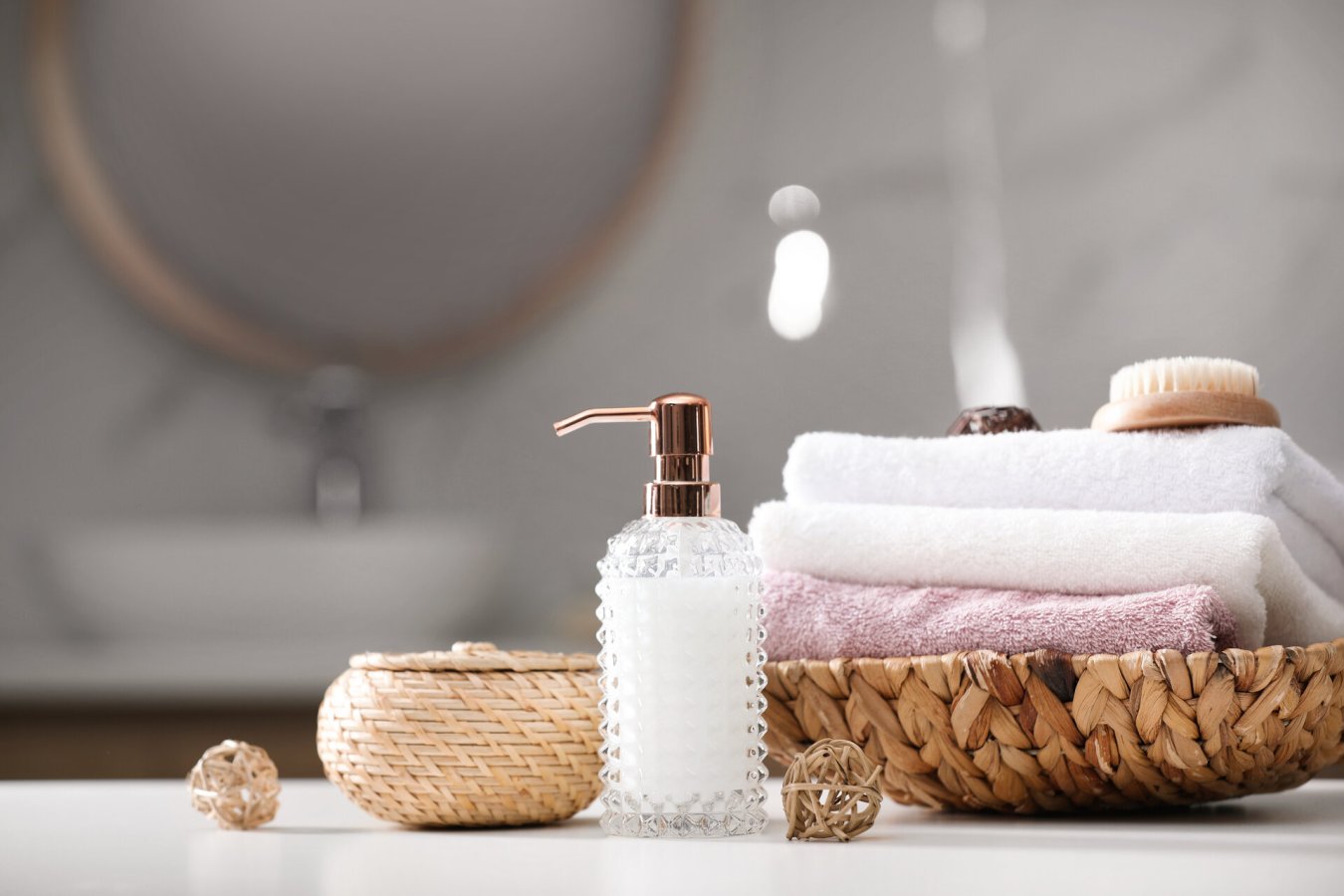While online shopping has connected consumers to many new brands, discerning quality can prove difficult when some retailers disguise disposable fashion as luxury. This business model leads buyers to spend more yet receive lower durability, requiring replacement and further harming the environment.
For men seeking to adopt a more ecologically sensitive wardrobe, understanding a few best practices can pave the way. With awareness, ethical choices need not sacrifice style or comfort.
Here are some guidelines for conscientious consumption!
A timeless wardrobe
When building your collection, emphasize quality and versatility to create a wardrobe equipped to withstand time's test. Classic patterns and combinations provide longevity—a navy or gray suit paired with brown Oxford shoes and a knit tie, for example, retain their propriety through changing eras. Prioritizing versatile, time-tested silhouettes means your clothing investment will remain elegant for years of wear, reducing both the frequency of replacement and environmental impact over the long term. A wardrobe anchored by lasting essentials allows freedom to express evolving tastes through bold accents while minimizing waste.
Prioritize Sustainably-Conscientious Designers
In addition to minimizing consumption, directing your dollars to brands demonstrating stewardship empowers positive change. Research labels uphold responsible practices such as organic cotton cultivation, fair trade, and carbon-neutral production. By learning which designers have sustainability woven into their ethos and operations, you can match your purchases with your principles. A focused search allows the selection of items aligned with both function and values. Supporting leaders in eco-fashion spreads awareness and incentivizes wider industry shifts towards restorative models.
Quality Over Quantity
The fast fashion model pushing rapid turnover and low costs has dangerously escalated the environmental impact of the apparel industry. To chart a wiser course, focus on acquiring well-made garments meant to stand the test of time rather than cheaply made items destined for quick disposal.
Before any purchase, reflect carefully on your motivations and true needs. What function will this item serve, and how often will you utilize it? Aim for versatile basics you can pair with various outfits and integrate into your wardrobe for seasons to come. This mindful approach to consumption allows expressing personal style through longer-term investments, whether sophisticated essentials or signature statement pieces while reducing textile waste. Prioritizing quality and longevity over quantity yields both sustainable fashion and lasting value.
Discover Unique Style in Pre-Loved Pieces
As resale platforms make previously worn clothing easily accessible, explore expanding your collection through secondhand and vintage finds. Choosing pre-owned not only keeps items in active use longer but also lessens new production impact. You gain a chance to put your stamp on heritage silhouettes or uncover rare garments now distinguishable as unique to your wardrobe.
Curating stylish recycled pieces allows personal expression while supporting more sustainable systems. Opt for quality pre-loved when you can, refreshing formerly beloved garments with a new appreciator. This conserves resources and forges your distinctive flair from items carrying their narratives.
Gain Material Mindfulness
Informed choices start with comprehending a material’s eco-profile. Steer clear of virgin synthetics like polyester that comprise over half of global garment production, as these petroleum-based fabrics degrade slowly while taxing finite resources. However, not all natural options merit automatic preference—their impacts vary too. Organic cotton cultivation, for instance, spares water and land compared to conventional methods by avoiding pesticides. Gaining a nuanced understanding of textiles empowers opting for sustainably grown or recycled materials where feasible. Mindful material consumption helps support the transition towards regenerative fiber systems for generations to come.






